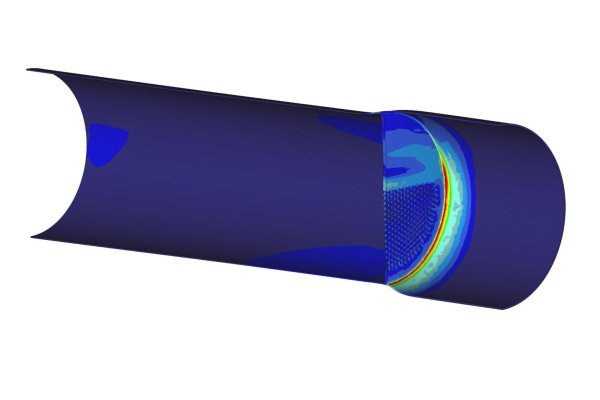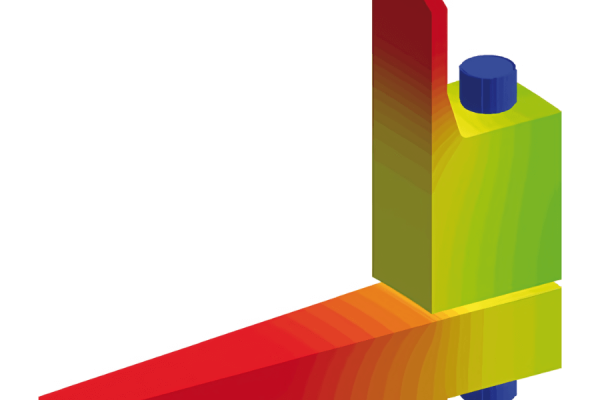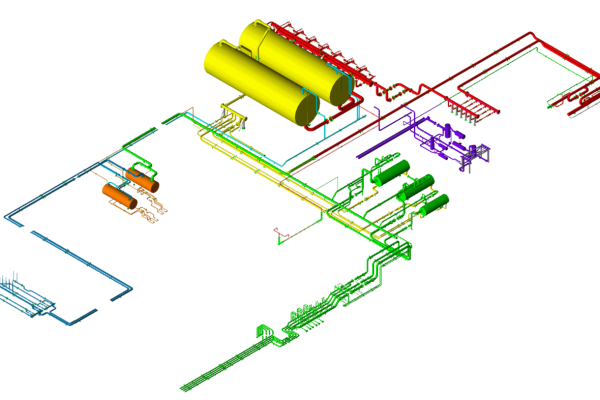Titel: Porosity of Concrete – Morphological Study of Model Concrete
By Jing Hu
Porosity of Concrete has developed a comprehensive methodological framework for characterizing geometrical and morphological. Aspects of pore space in cementitious materials and explored its application to actual cement pastes and model concretes for the purpose of predicting mechanical and transport properties of cementitious materials. The evolution of pore structure during the hydration process is studied as a function of technical parameters such as cement particle size distribution, water cement (w/c) ratio and degree of hydration. This issue is approached by quantitative image analysis techniques, stereological estimation, and by mathematical morphology methods.
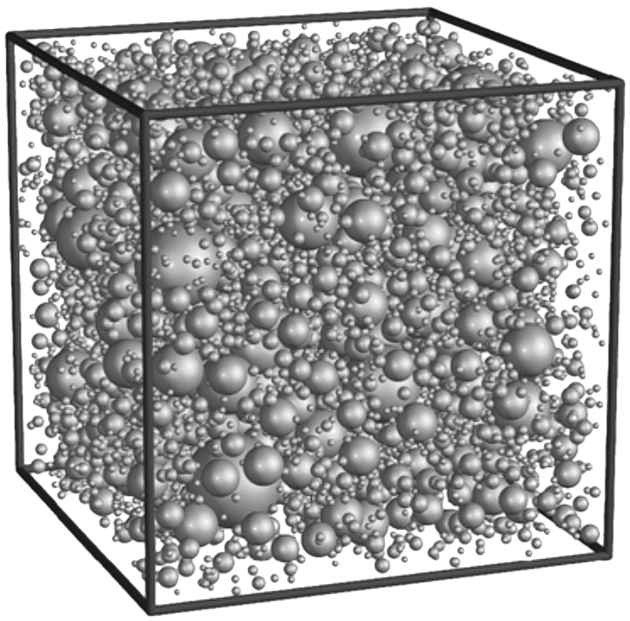
Stereological Theory
The research is carried out in two parallel approaches, i.e., computer simulation by the SPACE (Software Package for the Assessment of Compositional Evolution) system and experimental investigations based on quantitative image analysis of actual specimen sections. Stereological theory is used to derive three-dimensional (3D) structural information including porosity and specific surface area from two-dimensional (2D) sections, thus avoiding the extremely laborious character of serial sectioning. Spacing parameters (e.g. nearest neighboring distance, mean free spacing) in stereological theory are adopted to represent the spatial dispersion of solid phases, and thereby provide information on pore size. On the other hand, mathematical morphology measurements (e.g. covariance function, opening distribution technique) are performed on model concretes and on section images of actual cement pastes for quantitative characterization of pore structure. Mechanical and transport properties of cementitious materials can be predicted with the empirical models on the basis of the derived structural information.
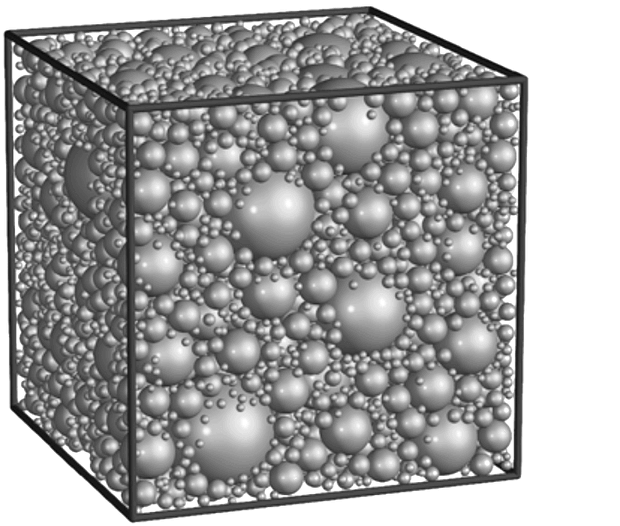
Refining the Katz-Thompson Equation
A proposal is formulated in this study to refine the Katz-Thompson equation for estimating permeability of cements and concretes, by means of incorporating a new stereological parameter (the so-called 3D pore distribution density). In addition, the stochastic concept of heterogeneity is discussed on the basis of local porosity analysis of pore structure and demonstrated by a comparison study of cement pastes with different degrees of maturity.
The research outcomes provide important implications for microstructural analysis of cementitious materials and for experimental design in concrete technology. The structural evolution and properties of the interfacial transition zone (ITZ) between cement paste and aggregate, as well as the depercolation threshold of capillary porosity has been explored in view of the morphological aspects of model concretes.
For more information please contact:
Erik Jan Lingen
DRG Software
+31 85 058 00 46

